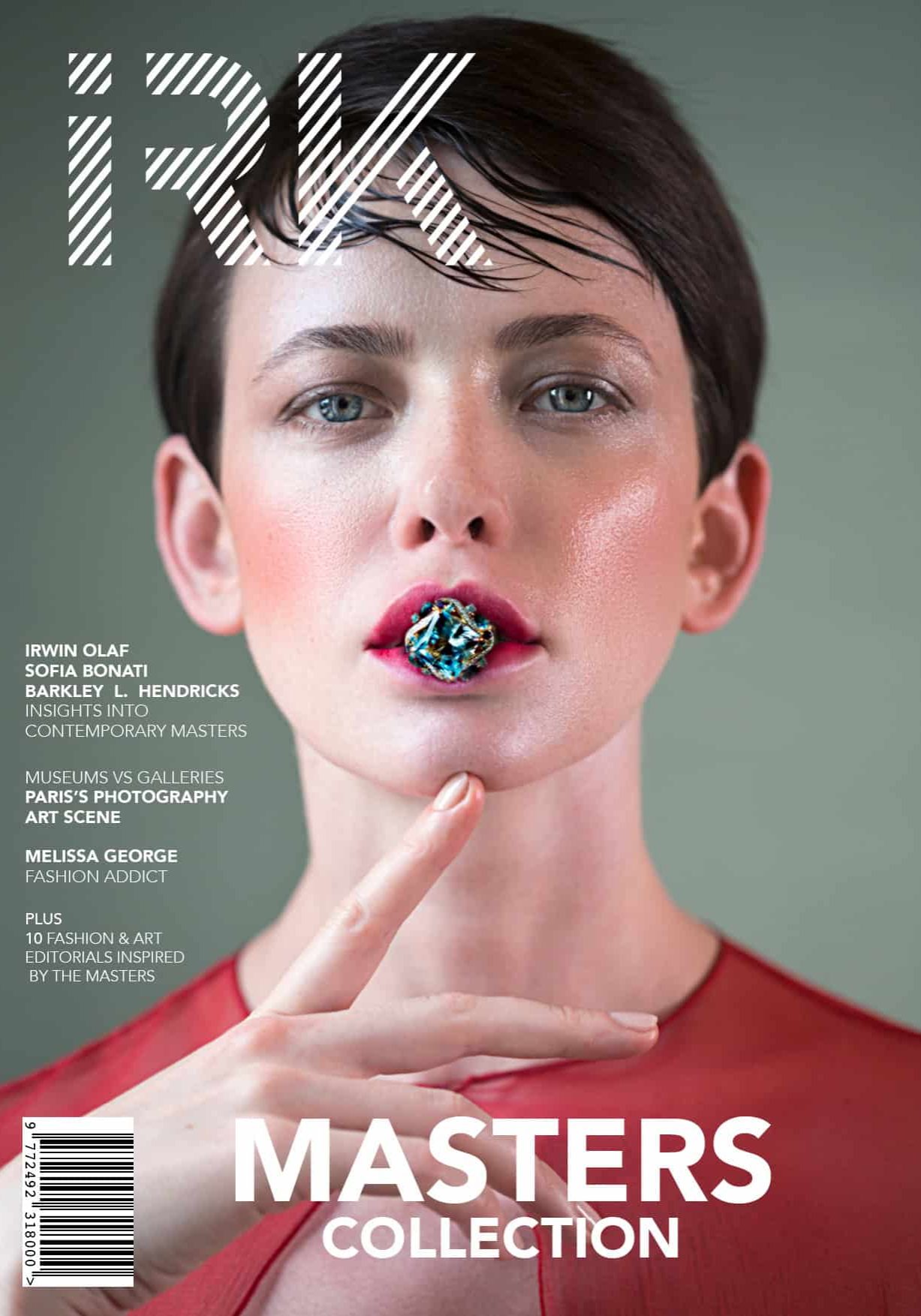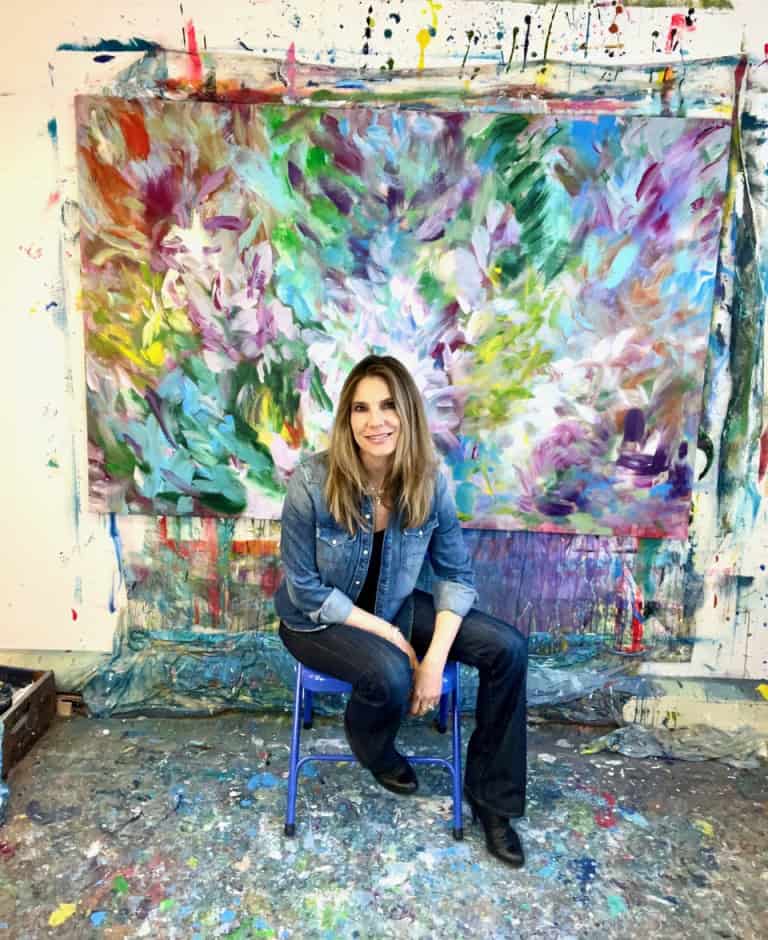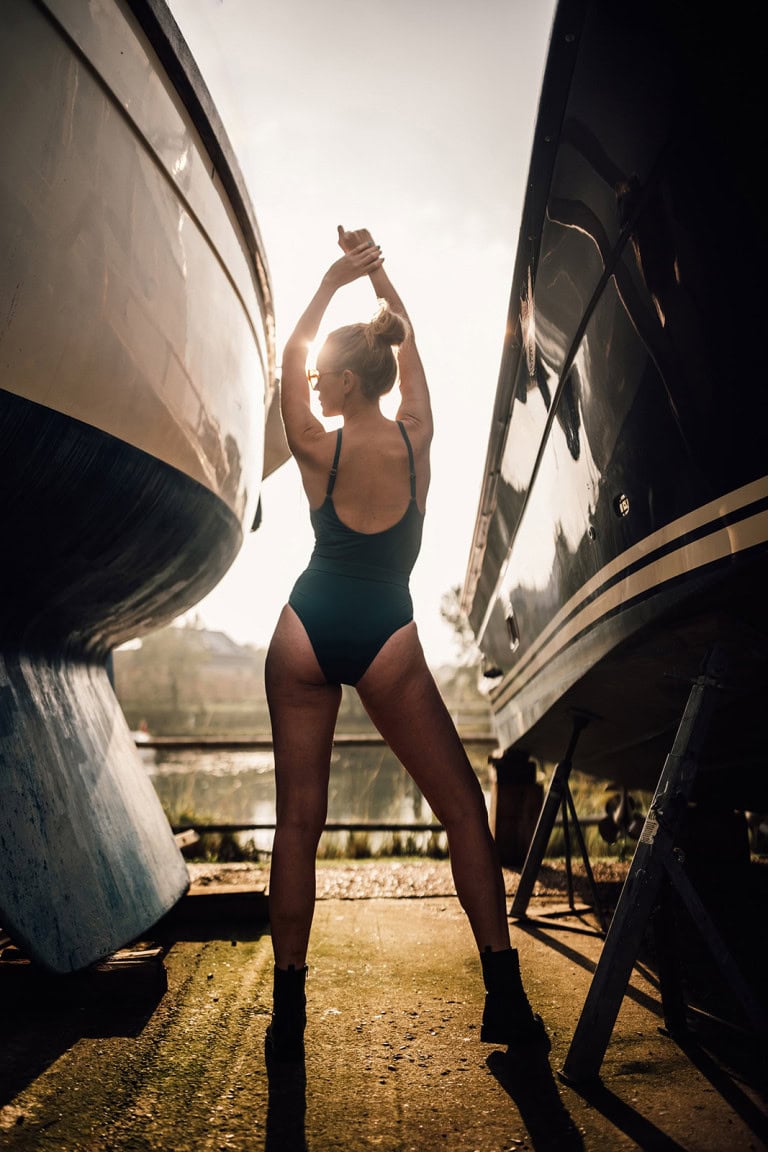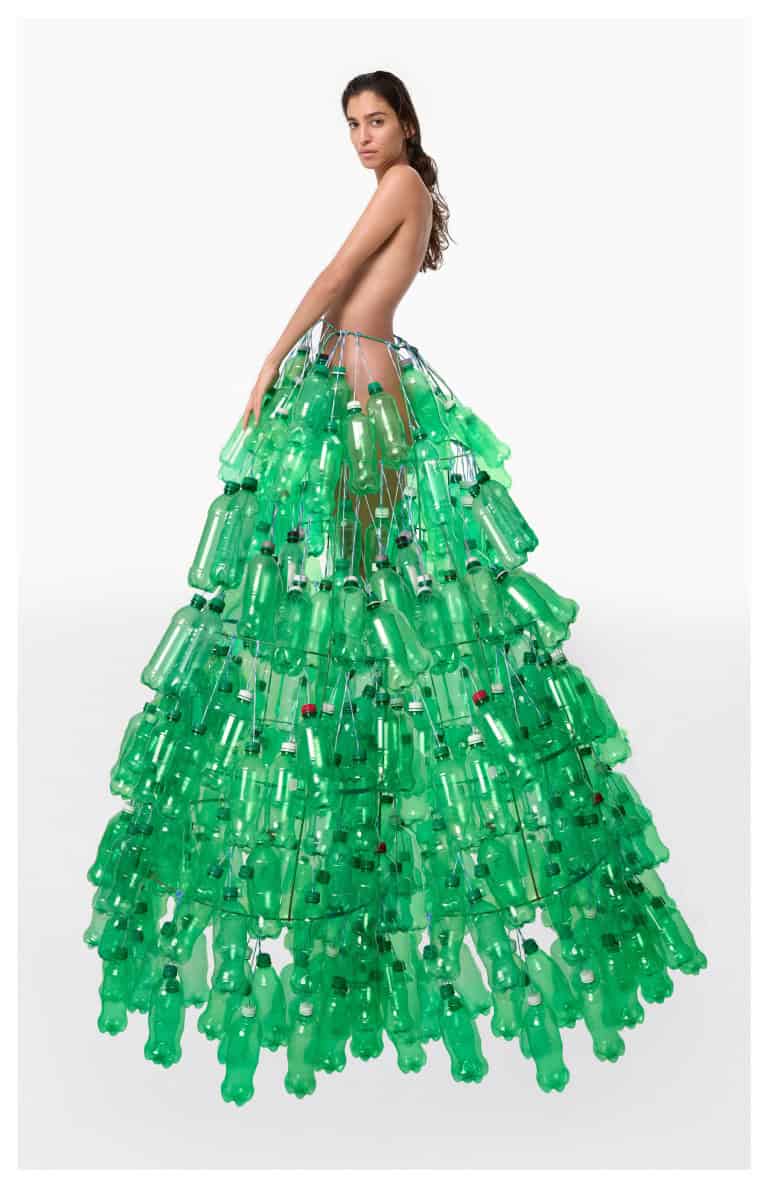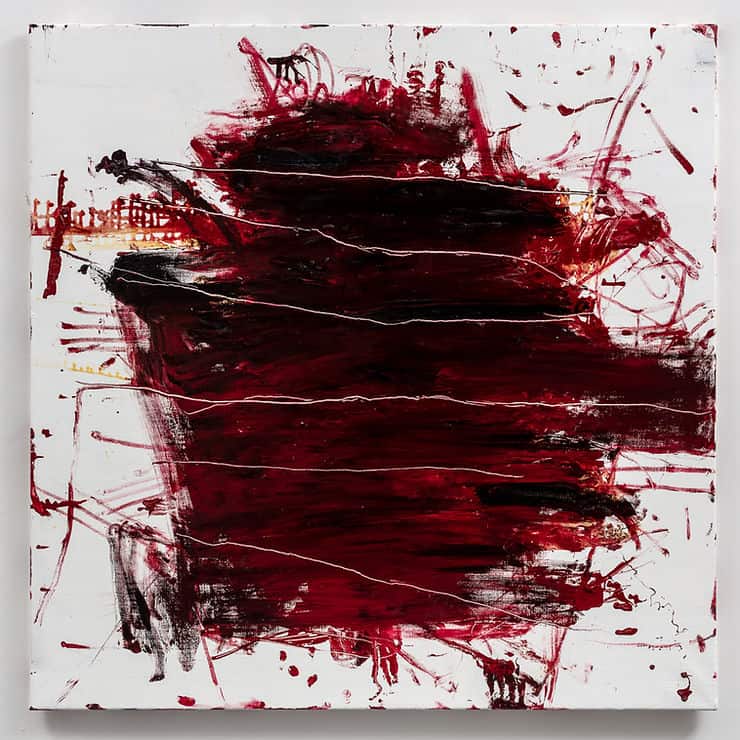
Frances Aviva Blane: The Human Touch
Dark is an exhibition of paintings and drawings by Frances Aviva Blane, which will be at the De Queeste Art Gallery in Abele/Watou, Belgium from 11 November to 12 December 2018. Blane’s work can be seen at the John Moores 2018 Prize at the Walker Art Gallery Liverpool until 18 November 2018
Hospital is a jagged splodge of deep oxblood reds splayed across a huge canvas.
There is a frenzy about it. Broad strokes of red mixed with black are smeared across white, with spots and spiky lines looping around the edge, as if exploding into the white linen. Thin lines are etched across, so that the central mass seems to retreat into a deep opacity. It’s frightening – there could even be a head or a face behind that messy mass of paint.
Is there something there which has been obscured? We want to know what it was, and then we don’t need to know. We can just revel in the sheer abandon, the energy, the exuberant contrasts, the looping, leaping trails of paint, the random spots.
There is no apparent reference to a person or an event. But because Frances Aviva Blane’s show is being held at the De Queeste Art Gallery in Flanders and opens on the centenary of Armistice Day, her work gains an historical resonance. Deepening this connection, her painting 1914 features at an Armistice Day poetry event in London on November 6.
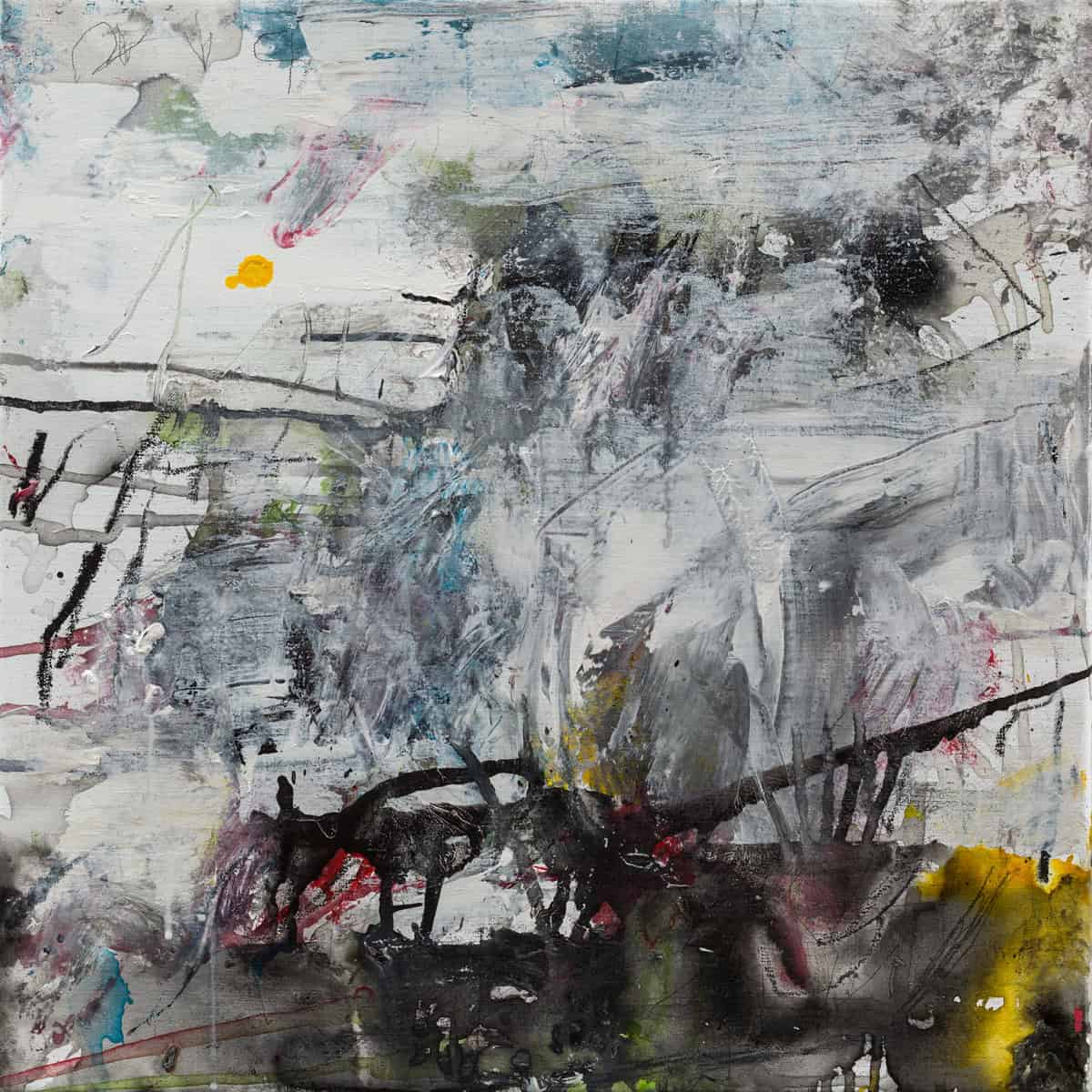
De Queeste Art Gallery is located in Abele/Watou near Ypres on the French-Belgium border, where half a million soldiers perished in World War I. It’s close to the village of Poperinge, just behind the front lines, where dozens of so-called deserters were shot at dawn by the military authorities.
Blane says, with her usual candour: “My paintings have nothing to do with the war. I have not experienced it. But because the show opens on November 11, it’s made me think more about that time.”
Her steadfast distancing from any overt associations makes her work doubly intriguing, thought-provoking and – finally, deeply emotional.
The stunningly lyrical Fall is dominated by dark blacks and greys, enhanced by smouldering touches of deep pink and orange. Scrawls and drips career through. An empty white space at the bottom invades the stormy cloud of blacks, which fall down and recede upwards simultaneously.
The rhythm of thick impastos and thin washes draws your eye in and out, up and down. No “theme” or “subject” or “narrative” – but so many movements of material substances. It is the suggested lifting of an enormous weight and the end of a shocking darkness, that makes this so relevant to the horror of war and its ending.
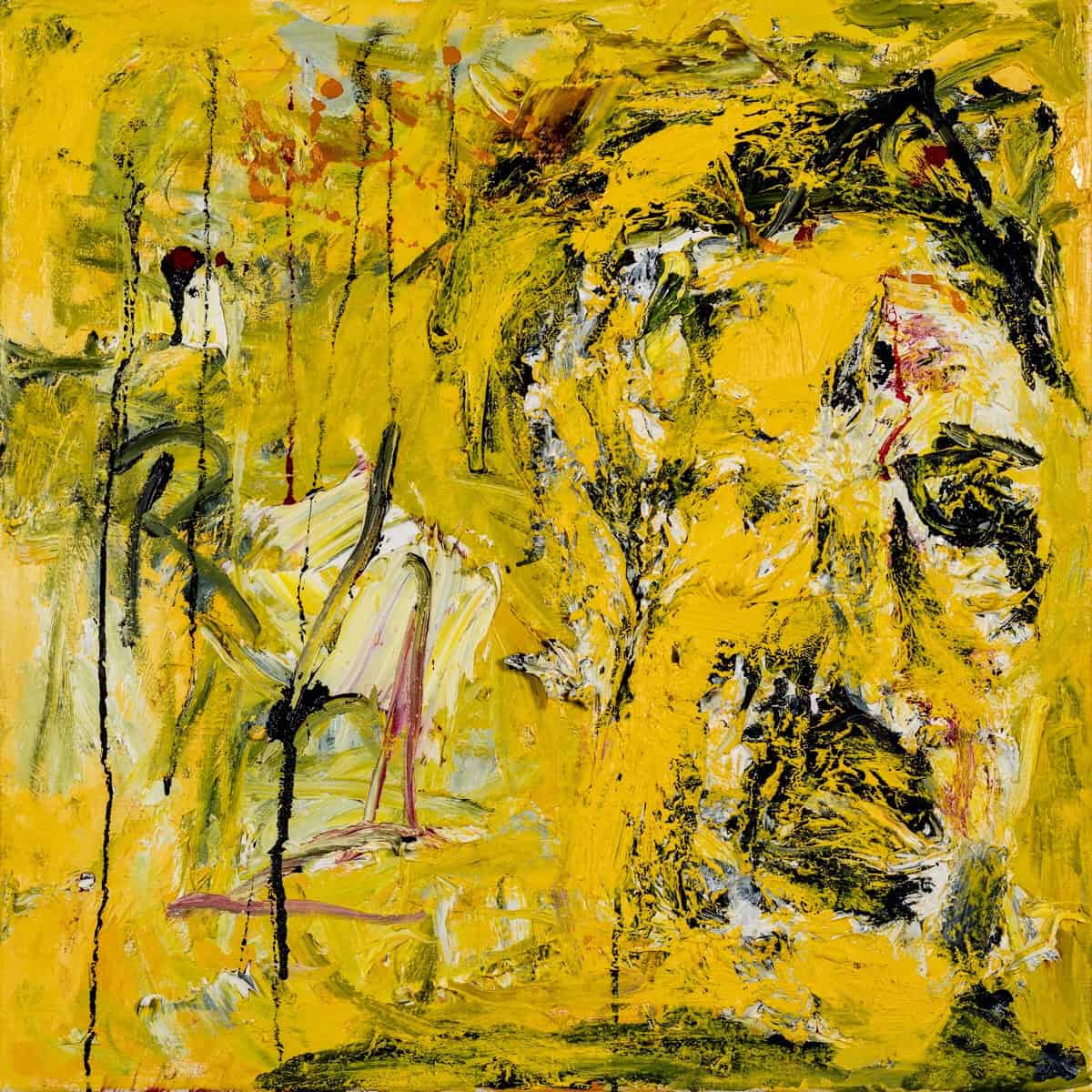
There is only one work, Yellow Head, in which you can just discern a face. The others are all completely abstract. And yet, together, they pack an enormous punch.
Here a head emerges out of a turbulent sea of yellow in which shapes are tossed about. It is sculpted out of thickly laid-on mustard yellows. The face, as so often in Frances’ heads, is distorted. One eye is obliterated, the mouth open and twisted. It’s as though two halves are warring with each other. Shades of awful battle injuries.
Dribbles of black run down over the jagged creamy streaks of white. It’s almost monochrome – yellow – with the sharp contrasts of white and black. Yellow and black make the highest colour contrast to be found – associated with energy and danger. The touches of red over the eye look almost like blood.
The colours tune in to each other. Below the surface there are yellowy -greenish shadows – the combination of yellow and black – which make other shapes in a visual counterpoint. Your eye can track the way the brush moves in different directions around the canvas – almost like an action painting.
Yellow Head is exceptional because usually Blane makes a clear divide between total abstraction and her heads or faces. She rarely combines them into a single painting as she has done in this one. She spares neither herself or the paint or the canvas, but pushes them, thereby achieving a sense of the brutally, searingly honest.
Freed from the need to depict or describe, there is a joy in allowing colour and texture acquire its own life, almost though it has painted itself. There is a richness and plasticity and a knowledge born of constant practice of what paint can be made to do and convey.
Naturally we are hard-wired to search for something recognisable in everything around us, something with a meaning. We consider things that other human beings have made and presented to us. We need to distinguish a figure from its surroundings, its ground. Doing this incessantly to satisfy our physical, mental and emotional needs.
Looking at these works brings you up sharply – to think, to touch, to feel, to trace through a maze of marks, eventually to discover a deliberate, thought-out language and logic. Thus marks, colours and materials become metaphors conveying anger, anguish and desperation about our human condition.
Yellow Head decomposes and recomposes before our eyes. The substance of the paint transmutes into a deconstruction of paint and personality.
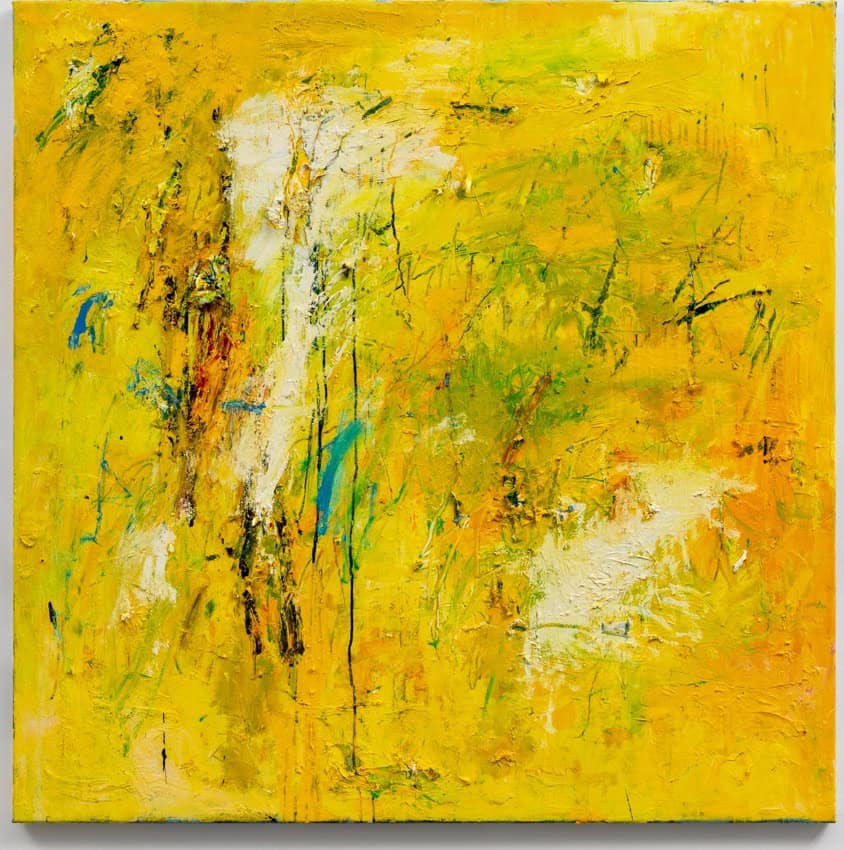
Frances Aviva Blane studied post-grad painting at the Slade School of Fine Art. She exhibits widely in Europe and the U.K and is a Jerwood Drawing Prize Award winner. Recently she had a solo show at the German Embassy London and has shown with Louise Bourgeois and Francis Bacon at De Queeste Art Gallery in Belgium who represent her. Her work is in many public collections including Jesus College Cambridge, the LSE and the Doris Lockhart Collection. She has a painting in the John Moores Painting Prize 2018. She lives and works in London.
wwwavivablane.com
Dark. 90 x 90cms oil on linen
De Queeste Art Gallery
http://www.dequeeste-art.be/
Trappistenweg 54
8978 | Abele/Watou , Belgium
+32 (0)57 33 48 72
info@dequeeste-art.be
Share this post

